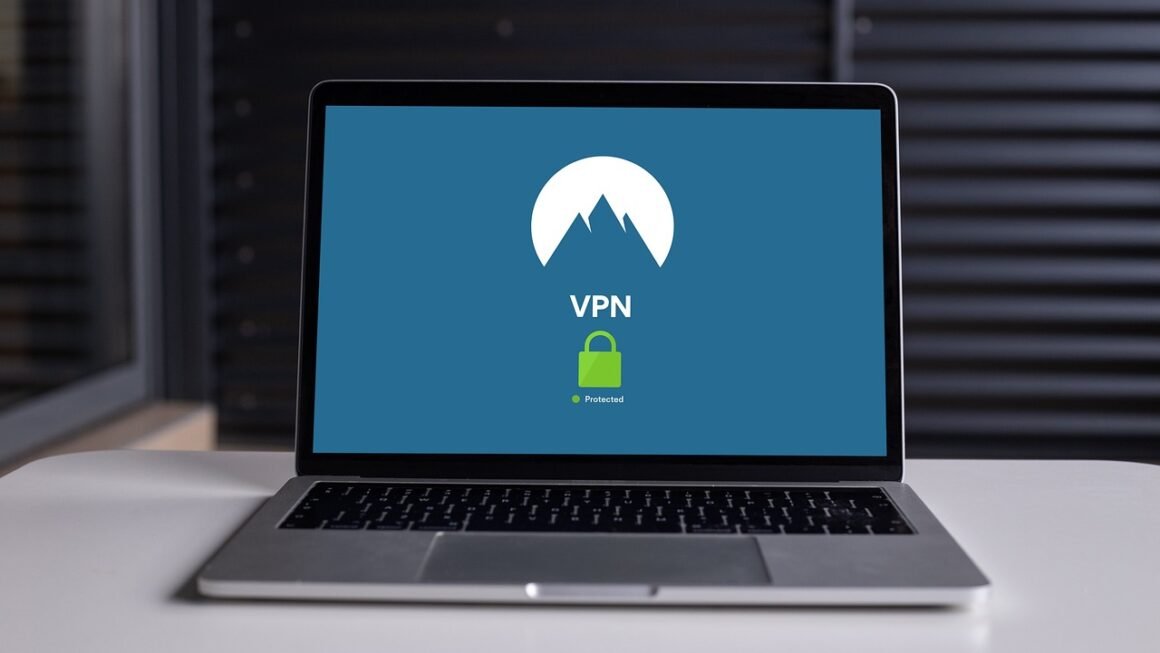Authentication: Your Key to Secure Access
In today’s interconnected digital world, verifying identity is paramount. Authentication, the process of confirming that a user or system is who they claim to be, stands as the first line of defense against unauthorized access, data breaches, and a host of other security threats. Understanding the nuances of authentication, its various methods, and best practices is crucial for individuals, businesses, and developers alike to safeguard sensitive information and maintain trust.
What is Authentication?
Authentication is the act of proving an identity. It validates that a user or system attempting to access a resource is legitimately authorized to do so. Think of it like presenting your driver’s license to prove you are who you say you are when you’re asked for identification. In the digital realm, this proof comes in the form of credentials, such as passwords, security tokens, or biometric data. Unlike authorization, which determines what a user can access, authentication confirms who the user is.
Authentication vs. Authorization
It’s essential to distinguish authentication from authorization. They often work together but serve different purposes:
- Authentication: Confirms the identity of a user or system. (e.g., verifying a password)
- Authorization: Determines what resources the authenticated user or system can access. (e.g., granting access to specific files or functionalities).
Imagine a building with a locked door. Authentication is the process of verifying that you have a valid key to open the door. Authorization, then, is what dictates which rooms you are allowed to enter once inside.
Why Authentication Matters
- Security: Prevents unauthorized access to sensitive data and systems.
- Trust: Establishes trust between users and service providers.
- Compliance: Helps organizations meet regulatory requirements and industry standards.
- Accountability: Enables tracking and auditing of user activities.
Common Authentication Methods
Several authentication methods are available, each with its own strengths and weaknesses. The best choice depends on the specific security requirements and user experience considerations.
Password-Based Authentication
This is the most prevalent method, relying on users entering a secret password to gain access. Despite its widespread use, it’s also the most vulnerable if not handled carefully.
- Pros: Simple to implement, widely understood by users.
- Cons: Prone to brute-force attacks, phishing scams, and password reuse.
- Best Practices:
- Strong Passwords: Enforce password complexity requirements (length, uppercase, lowercase, numbers, symbols).
- Password Hashing: Store passwords as salted hashes, not in plain text. Use strong hashing algorithms like bcrypt or Argon2. For example, in PHP, you might use `password_hash(“mySecretPassword”, PASSWORD_ARGON2ID)`
- Password Reset: Implement a secure password reset process.
- Password Management Tools: Encourage users to use password managers.
- Regular Password Updates: Encourage or require users to change their passwords regularly.
Multi-Factor Authentication (MFA)
MFA adds an extra layer of security by requiring users to provide multiple authentication factors. This significantly reduces the risk of unauthorized access, even if one factor is compromised.
- Types of Factors:
Something you know: (e.g., password, PIN)
Something you have: (e.g., security token, smartphone)
Something you are: (e.g., fingerprint, facial recognition)
- Example: Logging into your bank account requires your password (something you know) and a code sent to your phone (something you have).
- Benefits:
Significantly improves security.
Reduces the risk of phishing and password reuse attacks.
Increasingly required by regulations.
Biometric Authentication
Uses unique biological characteristics to verify identity. Examples include fingerprint scanning, facial recognition, and iris scanning.
- Pros: Highly secure, convenient for users.
- Cons: Can be expensive to implement, concerns about privacy and data storage, can be spoofed in some cases.
- Examples: Using Touch ID or Face ID on your smartphone to unlock it or authenticate transactions.
Token-Based Authentication
Uses security tokens, which are cryptographic keys or digital certificates, to verify identity. Examples include JSON Web Tokens (JWTs) and OAuth tokens.
- Pros: Stateless, scalable, flexible.
- Cons: Requires secure token management, potential for token theft.
- JWTs: Used widely in web applications for stateless authentication. A server generates a JWT upon successful login, and the client presents the token with each subsequent request. The server verifies the token’s signature to authenticate the request.
Example (simplified): The server authenticates the user, then creates a JWT:
“`python
import jwt
payload = {‘user_id’: 123, ‘username’: ‘john.doe’}
jwt_token = jwt.encode(payload, ‘secret_key’, algorithm=’HS256′)
# Then sends the jwt_token to the client
“`
The client sends this token with each subsequent request and the server can decode the token.
Implementing Authentication: Best Practices
Implementing robust authentication requires careful planning and execution. These best practices will help strengthen your security posture.
Secure Storage of Credentials
Never store passwords in plain text. Use strong hashing algorithms with salting to protect passwords. Securely manage API keys and other sensitive credentials. Use dedicated secrets management tools like HashiCorp Vault or AWS Secrets Manager.
Secure Communication
Use HTTPS (SSL/TLS) to encrypt all communication between clients and servers, protecting sensitive data from eavesdropping.
Session Management
Implement secure session management practices to prevent session hijacking and other session-related vulnerabilities. Use secure cookies and proper session expiration.
Regular Security Audits
Conduct regular security audits and penetration testing to identify and address potential vulnerabilities in your authentication system.
User Education
Educate users about the importance of strong passwords, phishing scams, and other security threats. Provide clear guidelines for creating and managing passwords.
Choosing the Right Authentication Method
Selecting the appropriate authentication method depends on various factors, including the sensitivity of the data being protected, the user experience requirements, and the cost of implementation.
- Consider the Risk: Higher risk applications (e.g., financial transactions) require stronger authentication methods like MFA or biometric authentication.
- Balance Security and Usability: Choose methods that are both secure and user-friendly. Overly complex authentication can frustrate users and lead to security bypasses.
- Compliance Requirements: Ensure that your authentication methods comply with relevant regulations and industry standards.
- Cost and Complexity:* Evaluate the cost and complexity of implementing and maintaining different authentication methods. Token-based systems often require more sophisticated development.
Conclusion
Authentication is a critical component of modern security infrastructure. By understanding the various authentication methods, implementing best practices, and carefully considering your specific requirements, you can significantly enhance the security of your systems and protect sensitive data. Staying informed about emerging authentication technologies and evolving security threats is essential for maintaining a strong security posture in today’s dynamic digital landscape. Prioritizing robust authentication builds trust with your users and safeguards your organization against the ever-present risk of cyberattacks.



